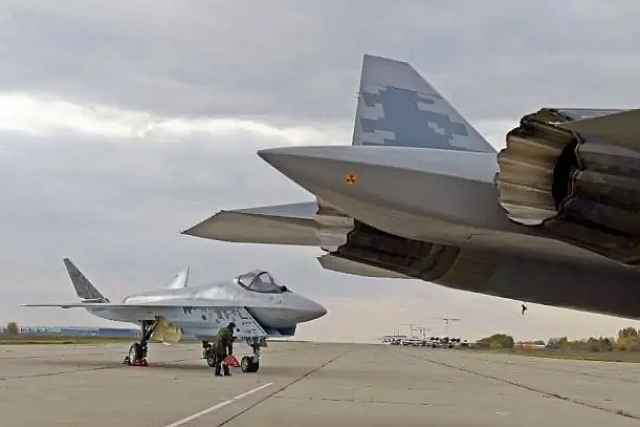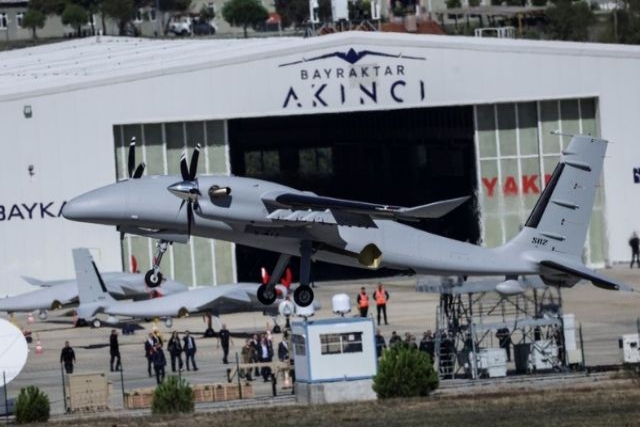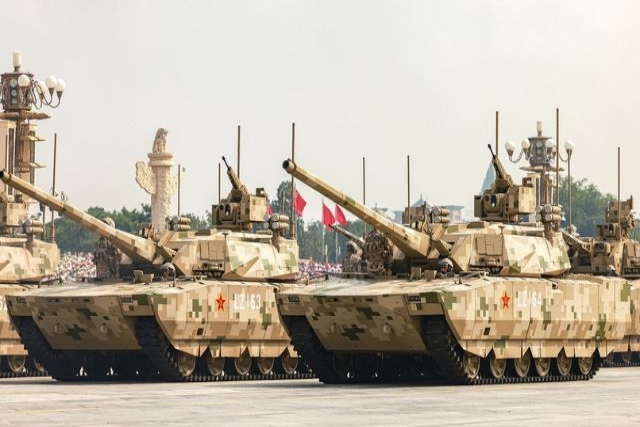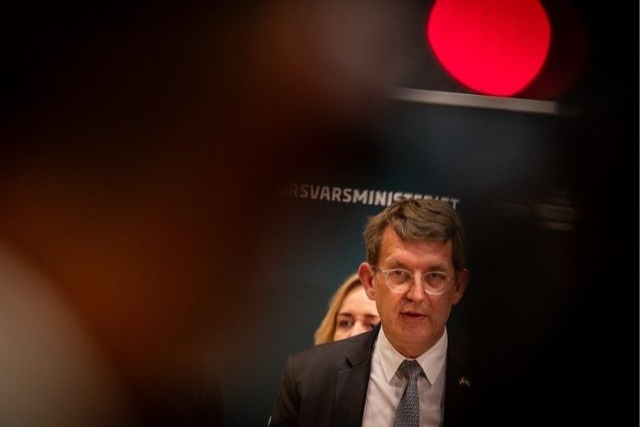Video-Games Spawn Future Military Helmet Tech

Combat helmets will become more personalized, carry tiny communication and life-support systems besides offering increased ballistic protection, going by development trends.
Much of this technology is inspired from video games like HALO and include a see-through ballistic visor and a mandible face mask.
European scientists predict that by 2025, military helmets will include slide-out cameras and will completely cover the head and will protect soldiers from bullet impacts thanks to its traumatic gasket.
Made from Kevlar or ballistic nylon, the next-gen helmets will include an eye shield that will serve to protect the eyes from sudden intense flashes, for example, from tactical nuclear weapons.
The lower part of the helmet will be equipped with a double filter system will provide complete protection from chemical and biological weapons, as well as from radioactive and other toxic substances. This will guarantee protection from dangers that may not be detected.
Future helmets will have built-in microphones for personal communication similar to present-day helmets used by pilots. The helmets will also be furnished with a voice box, for emergency communications, which will likely include a translating device. In addition, helmets will be equipped with a source of light to free the hands in shadowed areas. Finally, the helmet will have an integrated drinking system and will weigh from 1.5 to 2 kg.
Telepathy Helmet
In 2008, the US Army awarded scientists from three American universities a $4 million contract to develop helmets capable of reading and transmitting soldiers’ thoughts to each other without the need for vocal interaction.
The technology is based on Brain-computer interaction is currently being developed to help paraplegics type, and there is even a commercially available gaming headset controlled by brain waves. The military helmet would be more complex than a video game and won’t be available for another decade or so.
The first challenge would be to figure out how to decode brain activity associated with speech. Initially, the messages from one soldier to another would be rendered in a robotic voice and then gradually the message would be received in the soldier’s own voice and even indicate his position and distance from the recipient, just as if he were actually speaking.
The Helmet Electronics and Display System-Upgradeable Protection (HEaDS-UP)
At the AUSA 2013 (Association of the U.S. Army) event, the US Army unveiled a helmet (developed by Revision) that not only has enhanced protective measures, but also embedded technology that includes a see-through, heads-up display and communication capabilities.
With 72 per cent of all combat injuries impacting the face, the engineers sought to bridge a “technology gap” with a mandible and visor on the helmet.
The helmet includes cushioning to meet a 14-feet-per-second impact requirement, which will help reduce cases of traumatic brain injuries — an injury that have been called the “signature wound of our generation”. An unintended benefit of the helmet was that it prevented sand and dust from getting into soldiers mouths and eyes during testing.
Scorpion helmet-mounted display
In 2013, Thales unveiled the world’s first full color helmet mounted display, providing color symbology and video during full day and night missions. Scorpion is designed for use in fighters, helicopters and transport aircraft, especially in situations where a lightweight monocular solution is idea, according to the company.
The combination of high speed, accurate hybrid tracker, full color symbology and video display capability together enable pilots to quickly assimilate complex tactical situations, both day and night, greatly enhancing situational awareness and the process for rapidly executing the right decisions. Interfacing with standard Night Vision Goggles, Scorpion provides combined full color symbology and video superimposed on NVG imagery, the statement added.
The Scorpion is user friendly and its control Unit (ICU) maybe be mounted in a cockpit with no avionics bay intrusion, includes a 16 GB removable data cartridge, in cockpit and provides aircraft power to the NVGs (and battery backup).
Exoskeleton Technology For Helmets
The U.S. Army Research Laboratory has developed a prototype exoskeleton device to give gunners, patrol personnel, cooks, medics, and other soldiers who wear helmets for long periods of time much-needed head and neck relief. The Vertical Load Offset System (VLOS) robotic exoskeletal device displaces the static load of the helmet onto the shoulders to reduce strain overall on a soldier's head and neck, according to a statement.
VLOS could "serve as a technology solution that makes helmets with more ballistic coverage and head-borne electronic hardware more tolerable," says Shawn Walsh, principal investigator for VLOS concept development.
Helmet Electronics and Display System-Upgradeable Protection program
In 2013, the US Army unveiled two new helmet prototypes of modular design that would allow crew members to need only one helmet versus the two they currently have to keep. The helmet could potentially include see-through and projected heads up display technologies, better eye and face protection and improved ballistic materials.
“I think we’ve proven through our program that there can be one helmet for both mounted and dismounted soldiers, which, I think, is a big deal,” said Don Lee, project engineer in the Headgear Thrust Area of Natick Soldier Research, Development and Engineering Center, in a statement. Lee said the new mandible and visors associated with the two helmets especially protect soldiers from debris kicked up while riding in vehicles.
ACH (Advanced Combat Helmets)
Indian company MKU’s ACH (Advanced Combat Helmets) are slowly replacing the PASGT (Personal armoured system for ground troops) helmets worldwide, due to better design and compatibility with various critical equipment & devices used by a modern soldier, according to information posted on the company’s website. They are designed to allow maximum sensory & situational awareness to soldiers as they offer an unobstructed field of view and increased ambient hearing capabilities.
ACH Helmets from MKU provide excellent ballistic and impact protection and are compatible with a wide range of devices like Night Vision Devices (NVD), communication equipment, Nuclear-Biological-Chemical (NBC) equipment, etc. These helmets are available in special suspension systems which allow a soldier to carry out their missions more effectively when wearing Body Armour.










